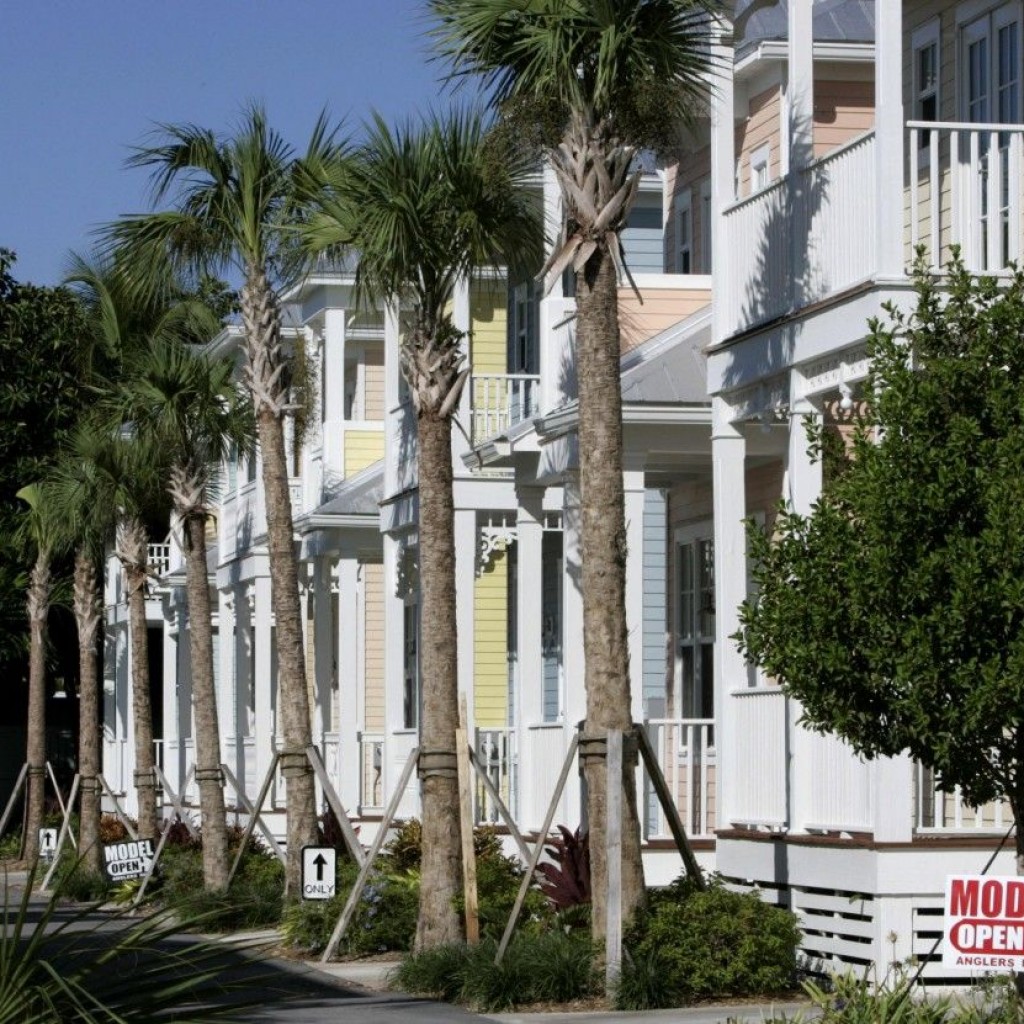
The Block by Block study, first launched to the public in October from the Jessie Ball DuPont Fund, offered a “detailed new analysis of Jacksonville’s housing markets designed to help inform decisions about Jacksonville’s future.”
On Tuesday morning, with the City Council calendar winding down for the holidays, Jacksonville City Council members Anna Brosche, Garrett Dennis, and Bill Gulliford discussed Block by Block — the detailed map of which is now online.
Of course, Block by Block was a vehicle to discuss an issue close to Gulliford’s heart: the recurrent problem of neighborhood destabilization.
Gulliford, who was at the October event, has long been concerned with strategies for restoring neighborhoods mired in decline, advocating measures to deal with “zombie foreclosures” by creating a land bank.
His enthusiasm for Block By Block was notable in October. And In December, Councilman Gulliford’s enthusiasm was not appreciably muted.
Among the discussion points: the foreclosure registry, and the problem of non-compliant banks, one resolved, often, with a couple of enforcement letters.
Right now, estimates are that 10,000 properties may be noncompliant.
Gulliford urged that the NICE Committee, chaired by Garrett Dennis, should be kept abreast of developments on this front.
“The paradox is this,” said Gulliford. “We have a bunch of empty houses in this city… and a bunch of people in need.”
The question: how to resolve this?
“We need some kind of clearinghouse,” Gulliford said, that can “disperse these properties” and streamline the disparate organizations working on affordable housing issues.
The “land bank” concept, Gulliford continued, relies on state support, which is lacking in Florida.
Still, the land bank appeals to Gulliford, as a depoliticized concept outside the purview of partisan politics or neighborhood activism, for the greater good.
“There are a number of banks willing to give up properties,” Gulliford said, but this needs to happen in accordance with something like a land bank to get institutional buy in.
And this needs to happen. In neighborhoods like Durkeeville, where housing values crashed and the neighborhood is unstable, older residents, who bought in at peak value, are trapped in their homes, which are bled of value, as the neighborhood declines.
The alternative? A takeover by the criminal element, and what Gulliford calls “despotic conditions.”
“There’s no physical barrier between bad neighborhoods and good neighborhoods,” Gulliford added, and blight in one area can bleed over into the next.
Brosche noted the points of the October discussion, pointing out Baltimore turning around neighborhoods by reducing crime hot spots.
The Block by Block “color grid” from the map, Brosche added, can serve as a tool for resource allocation.
Gulliford related that the “land bank” concept would present a significant oversight and maintenance burden for such properties, and the seed funding would be needed.
In lieu of state funding, CDBG funding and foreclosure registry money may help.
Gulliford pointed out other issues, such as unclear ownership and owners “dying.”
Some properties, he added, have title situations “convoluted” beyond the point of resolution.
That situation is compounded in the more depressed parts of the city, he added.
And time is of the essence, to protect homeowner equity, as well as to protect the neighborhoods themselves.
Vacant and abandoned properties, said Gulliford, are all over the city, including Mandarin and waterfront neighborhoods.
These properties, Gulliford said, could “provide an opportunity to make some money,” defraying costs of restoration in neighborhoods with lower home values.
A land bank concept, once established, may get buy in from the Legislature eventually, though with flux imminent in the Duval Delegation, it’s an open question whether the new additions will have the will or the stroke to get such a concept through.
As the meeting progressed, Gulliford looked for meaningful feedback from Brosche and Dennis.
It wasn’t readily provided.
Gulliford, meanwhile, feels the fierce urgency of now. Jacksonville Journey type initiatives will have blunted effectiveness if neighborhoods are typified by vacancy and squalor.
With that in mind, expect further meetings between Gulliford and the Lenny Curry administration in the new year, to flesh out the parameters of such a program.
“Whatever vehicle you have,” Gulliford said, “having the right person running it is paramount.”
Gulliford, in his last term on Council (and likely the last stop on his journey of elected offices), needs first term Council members to pick up the baton, run with it, and help to flesh out these ideas into a working framework.
Time will tell if that happens. But the future of many of Jacksonville’s neighborhoods hangs in the balance. And the same holds true for that of many Duval County families and children.
Another issue common to big cities: the rise in rents exceeds the rise in incomes of lower and moderate income families, which raises questions of the ultimate disposition of properties subject to a land bank or some similar concept.
Would they be restored to set up familial home ownership? Or as rentals? Each option, as well as others, has obvious advantages and drawbacks.
There are no easy answers to the questions posed by neighborhood dysfunction. Some quality housing stock is in undervalued neighborhoods. And just handing a family homeownership can, as was seen last decade, lead to a foreclosure crisis when jobs are lost or when families disintegrate.
Renters, meanwhile, are not as likely as owners to become part of the fabric of a block or a neighborhood.



